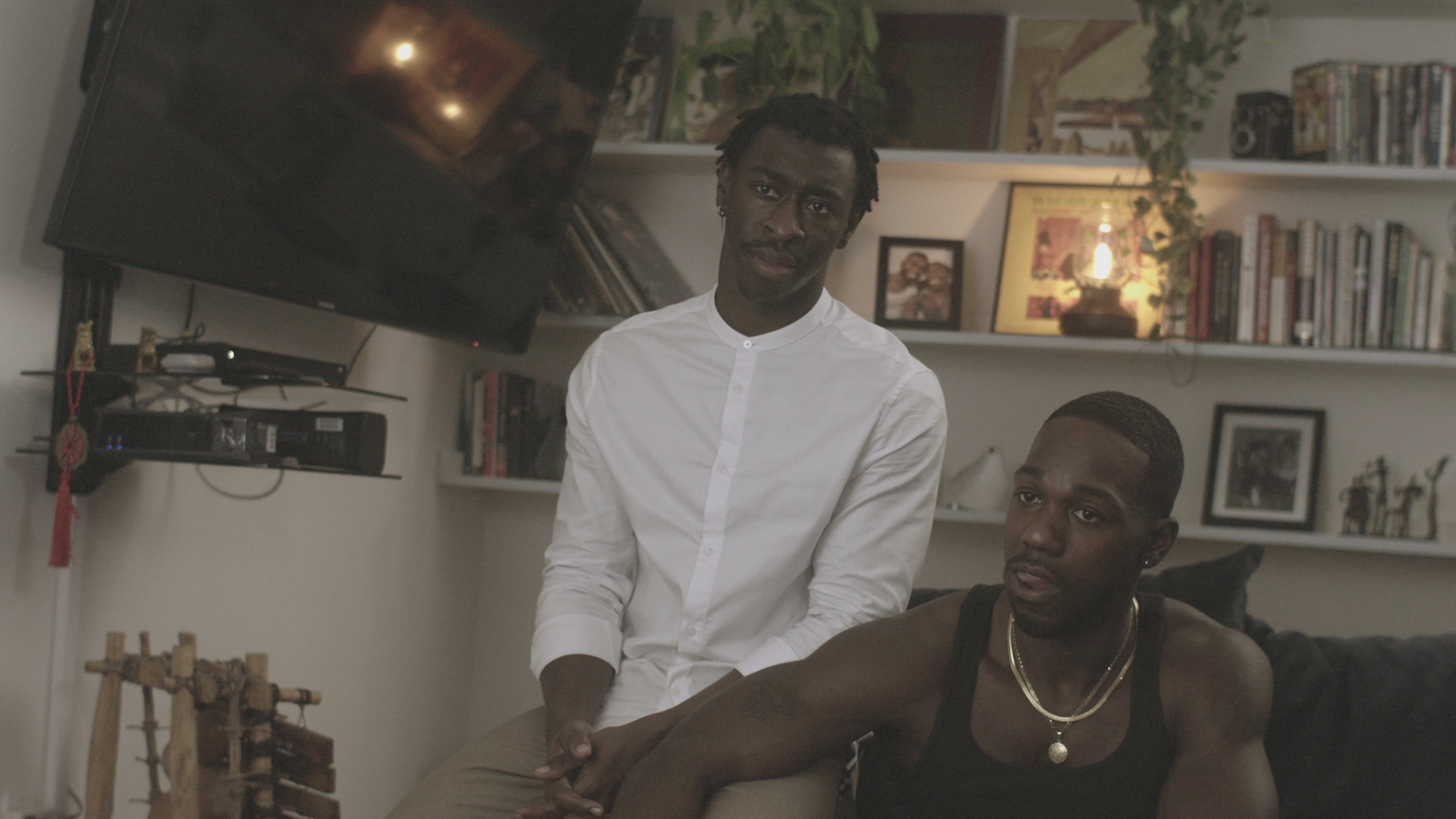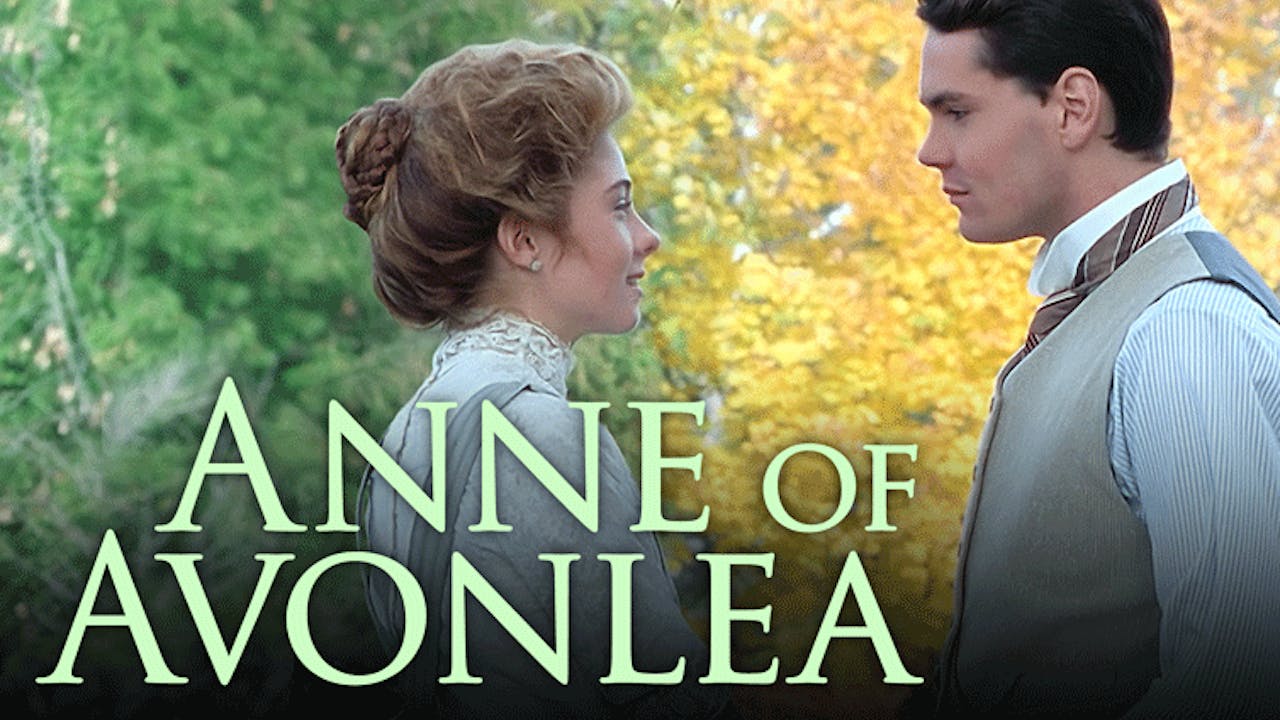B-Boy Blues is a groundbreaking romantic drama that brings to life the raw energy, passion, and complexity of Black queer love in 1990s New York. Based on the acclaimed 1994 novel by James Earl Hardy, the film adaptation—directed by Jussie Smollett—beautifully captures the heart of the original story while offering a modern cinematic take on themes of identity, masculinity, and community within the Black gay experience. Set against the pulsating rhythm of Harlem’s nightlife and hip-hop culture, B-Boy Blues is both a love story and a social statement, celebrating authenticity and resilience in the face of prejudice.
The story centers on Mitchell Crawford, a 27-year-old educated journalist from Brooklyn who lives a stable but emotionally guarded life. His world changes when he meets Raheim “Pooquah” Rivers, a 21-year-old bike messenger from Harlem — charismatic, confident, and unafraid to live on his own terms. Their attraction is instant and magnetic, but the differences between them — in class, temperament, and worldview — quickly surface. Mitchell represents the middle-class professional trying to find love in a world that often demands conformity, while Raheim embodies raw street energy, freedom, and defiance. Their relationship unfolds as an intoxicating blend of passion, tension, and discovery, revealing both the beauty and the fragility of love between two men navigating a society that often misunderstands them.
What makes B-Boy Blues so compelling is its honest portrayal of Black queer relationships. It refuses to sanitize or simplify the characters’ experiences. Instead, it explores the intersection of race, sexuality, and masculinity with empathy and nuance. The film captures not only the joy and sensuality of love but also the pain that comes from internalized homophobia, class struggles, and the pressures of maintaining pride in a world that demands silence. Through its characters, B-Boy Blues paints a vibrant portrait of Harlem’s Black gay community — a space of beauty, resistance, and solidarity often overlooked in mainstream cinema.

Jussie Smollett’s direction is heartfelt and authentic. He balances moments of intimacy with the raw realism of daily life, grounding the film in emotional truth. The cinematography brings Harlem to life — the neon lights, brownstone streets, and underground clubs all pulse with a sense of place and history. The soundtrack, rich with ‘90s R&B, soul, and hip-hop influences, underscores the film’s mood perfectly, adding rhythm and emotional texture to every scene.
The performances by Timothy Richardson (as Raheim) and Thomas Mackie (as Mitchell) are outstanding. Their chemistry is palpable and layered — filled with both tenderness and conflict. Richardson’s Raheim radiates confidence and vulnerability, portraying a man who must constantly fight to be seen for more than his toughness. Mackie’s Mitchell, in contrast, embodies restraint and introspection, his journey one of learning to let go of fear and embrace love without conditions. Their relationship feels deeply real — passionate, imperfect, and profoundly human.

Beyond its romantic core, B-Boy Blues is also a cultural milestone. It stands as one of the few films to depict Black gay love with depth and dignity, continuing the legacy of Hardy’s novel as a cornerstone of Black LGBTQ+ literature. It speaks to the struggle for representation, showing that love stories between Black men are not only worthy of being told but also essential to the broader narrative of queer identity.
Ultimately, B-Boy Blues is a film about love — messy, beautiful, and transformative. It’s about the courage to live authentically, to love openly, and to heal through connection. With its emotional honesty, cultural resonance, and celebration of Black queer life, the film stands as a vital and moving addition to modern LGBTQ+ cinema — one that reminds us that every love story, no matter where it begins, deserves to shine.



